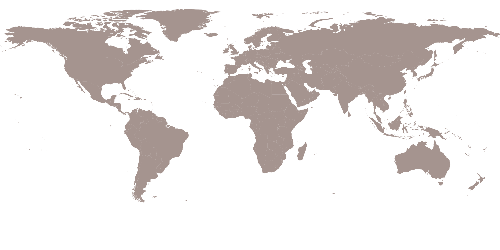Sustainable building design through passive measures
An over 50% reduction in EUI was achieved first by reducing loads through passive design measures, namely a high-performance envelope whose ensemble of layers were tuned differently by façade. External overhangs and a 30’ deep, exterior curtainwall fin structure reduce peak cooling 10–18%. To prevent glare, an interior screen of vertical slats varies in density/spacing depending on programmatic requirements. The layers work together to reduce annual direct sun hours in perimeter zones by 50–70%, depending on orientation. Finally, 49 skylights with 4 different typologies, each based on different lighting phenomenon of PNW forests, daylight over 60% of the enplaning level with only a 9% SAF ratio, versus 14% of the original building.
Efficient construction and operations
The 1M SF expansion re-used existing structures, reducing embodied carbon by 56% compared to a greenfield airport. New material optimization accounts for an additional 6% reduction for a total 62% savings. Strategies included using locally and equitably sourced mass timber instead of an all-steel roof, integrating GWP limits into low-carbon concrete specs, and sourcing local steel from cleaner PNW grids. Mass plywood offcuts were also upcycled from the roof deck for the concession pavilion wall panels. For operational carbon, a steam central plant conversion to an open-loop, ground-source heat pump cuts over 40% of emissions on day one, while the electrification of space and water heating will accelerate decarbonisation as the grid gets cleaner over time.
Landscape & Biodiversity Integration
This project viewed biodiversity integration at the regional landscape scale. The team designed PDX’s mass timber roof and its sourcing strategy to steward the PNW’s most precious natural and cultural resource – its forests. Sustainable sourcing criteria required FSC-certified wood or innovative, transparency-based procurement to intentionally source wood from ecological forestry practices above and beyond local regulations. 73% of the roof’s 3M board feet met these criteria and 25% came from best-in-class forest restoration maximising biodiversity and wildfire resistance in the region’s dry forests. 1M board feet can be traced back to forest of origin, effectively reconnecting the project back to the land and communities from which it grew.
Land use & Transformation
Regenerative land use and transformation for PDX was more about what it didn’t do in order to grow from serving 20 million annual passengers to 35 million. Instead of building a new terminal somewhere else with fewer constraints, the decision was made to expand the existing terminal in situ, but with the added requirement of doing it without disrupting any airport operations during construction. PDX proved this was possible through strategic on-site prefabrication of the roof and a modular approach to erection. While this was the more sustainable move from an embodied carbon standpoint, it also serves as a model for how to renovate other large airports in the US, many of which need similar scales of infrastructure upgrades.








